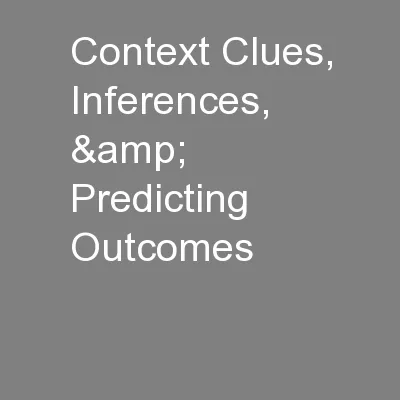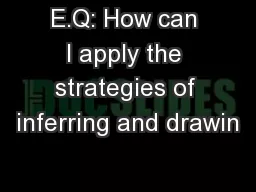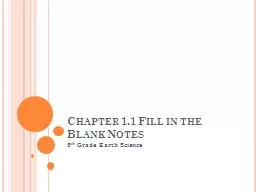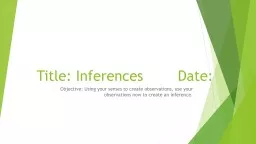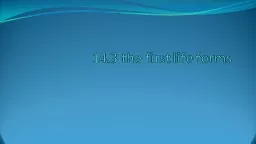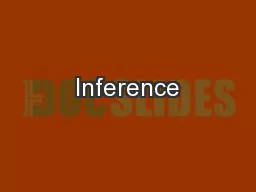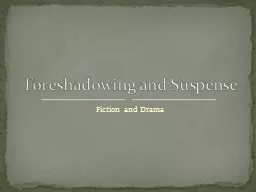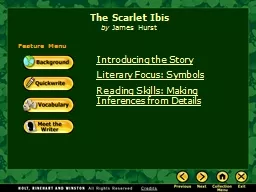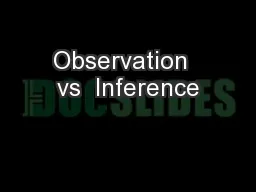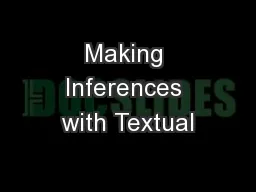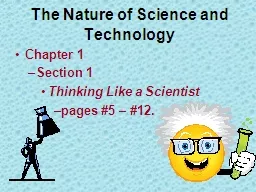PPT-Making Inferences
Author : tatiana-dople | Published Date : 2015-10-27
Main Idea Student Bitten A college student in southern China was bitten by a panda after he broke into the animals enclosure hoping to get a hug The student
Presentation Embed Code
Download Presentation
Download Presentation The PPT/PDF document "Making Inferences" is the property of its rightful owner. Permission is granted to download and print the materials on this website for personal, non-commercial use only, and to display it on your personal computer provided you do not modify the materials and that you retain all copyright notices contained in the materials. By downloading content from our website, you accept the terms of this agreement.
Making Inferences: Transcript
Download Rules Of Document
"Making Inferences"The content belongs to its owner. You may download and print it for personal use, without modification, and keep all copyright notices. By downloading, you agree to these terms.
Related Documents


